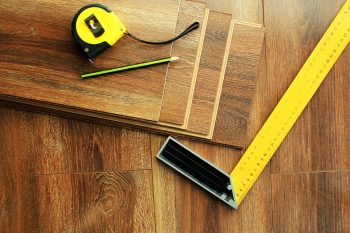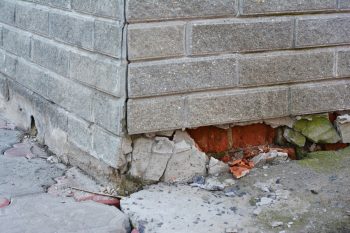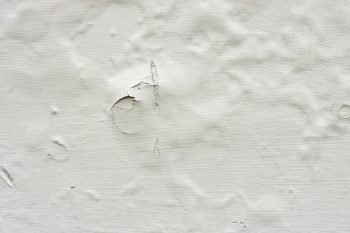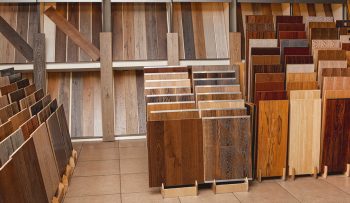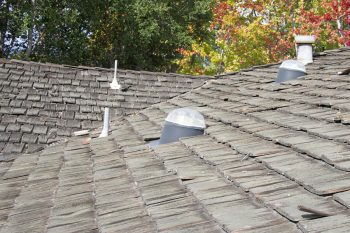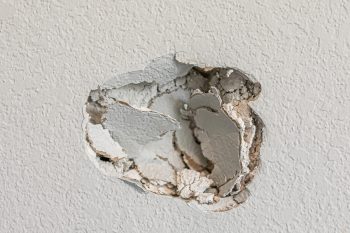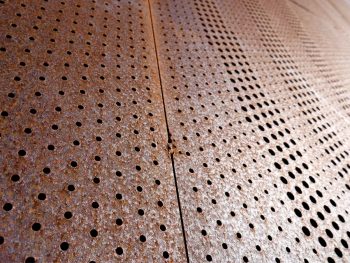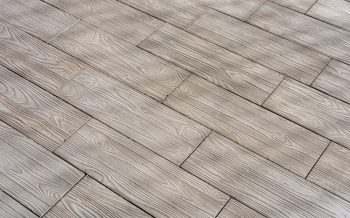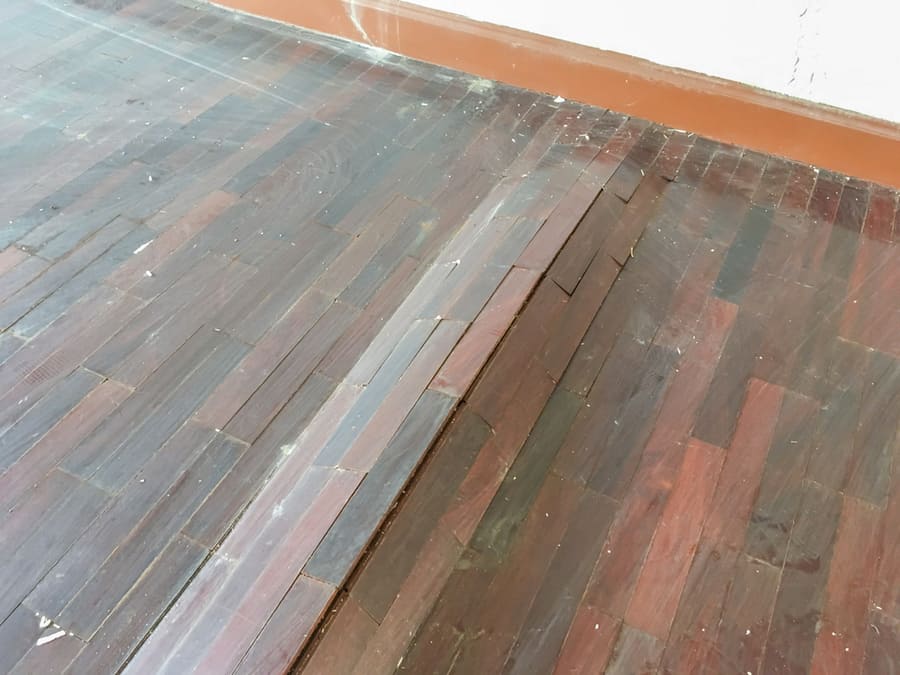
Installing a wooden floor in your home is a luxurious and elegant addition to add to your home. However, while wooden floors’ sleek shine and natural color make them desirable, their maintenance is high.
And one of the common issues with wooden floors is that they swell. So, what causes this swelling, and how do you fix it?
Most swelling on wooden floors is caused by water damage, temperature changes, and high humidity. The best fix for this swelling is to get rid of the excess moisture in the wood.
There are several ways you can go about getting moisture out of wood, which include:
- Using a steam iron and a piece of cloth.
- Using a vacuum cleaner.
- Using an AC.
- Using a dehumidifier.
- Sanding the floor.
If the damage on the floor is extensive, you may need to replace the wood to fix it.
This article will walk you through fixing a swollen wooden floor.
Steps To Fix a Swollen Wooden Floor
You can fix a swollen wooden floor without professional help, especially if the damage is not extensive and you want to save on costs. Ideally, there are several tricks you can use to fix a swollen wooden floor, depending on the size of the swelling.
The underlying cause and the extent of the swelling on the wooden floor will also determine the method you use to fix it.
Step 1: Assess the Damage
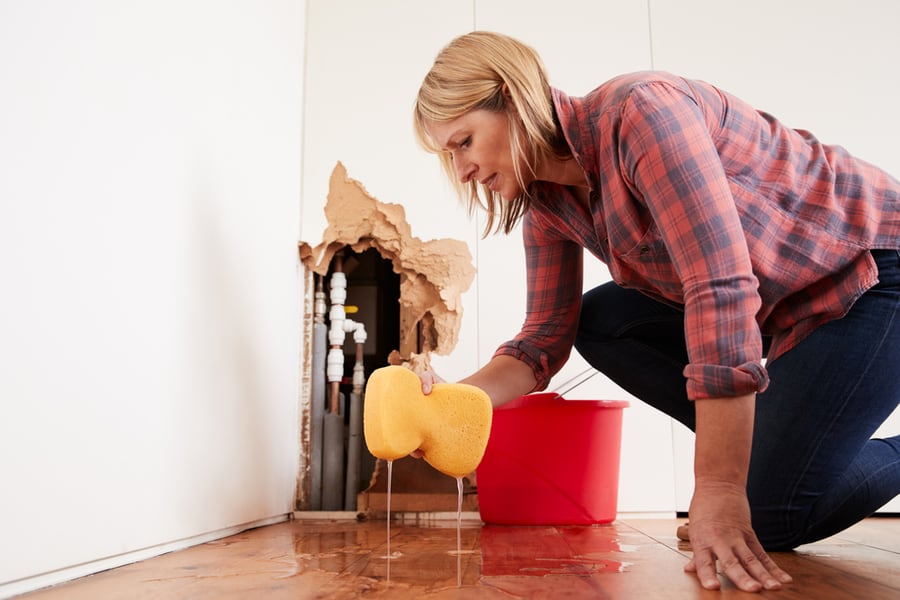
The first thing you want to do if your wooden floor is swollen is first to assess the damage. Next, understand the primary cause of the swelling and the extent of the swelling.
Water damage and high humidity, the primary causes of swelling on wooden floors, can lead to peeling in the paint on the wood or discoloration and mold growth within the wood.
If mold is on your wooden floor, you should treat it before proceeding to any other step.
Other causes of swelling on a wooden floor, such as temperature change, may not give any symptoms, unlike when high humidity or excessive water damage is the culprit.
Step 2: Remove Excess Moisture From the Wood Surface
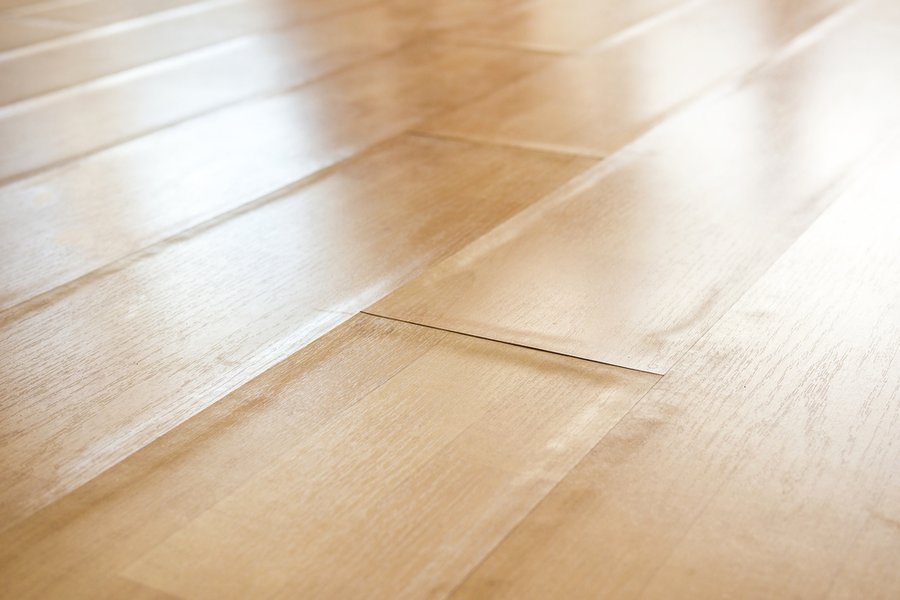
If the cause of the swelling on your wooden floor is high humidity or water damage, drying the floor can help restore the wood to its original shape.
However, the method to use depends on the severity of the swelling. If the swelling is mild, techniques like using a vacuum cleaner and steam iron should help remove excess moisture and restore the wood.
For this method, use the vacuum cleaner to dry the floor. The vacuum cleaner will help eliminate as much surface water on the wood as possible.
After that, place a piece of cloth on the wood, and press it with a steam iron. The steam iron will eliminate the moisture in the grain of the wood, thus restoring it from swelling.
Step 3: Turn On a Dehumidifier Near the Swollen Wood
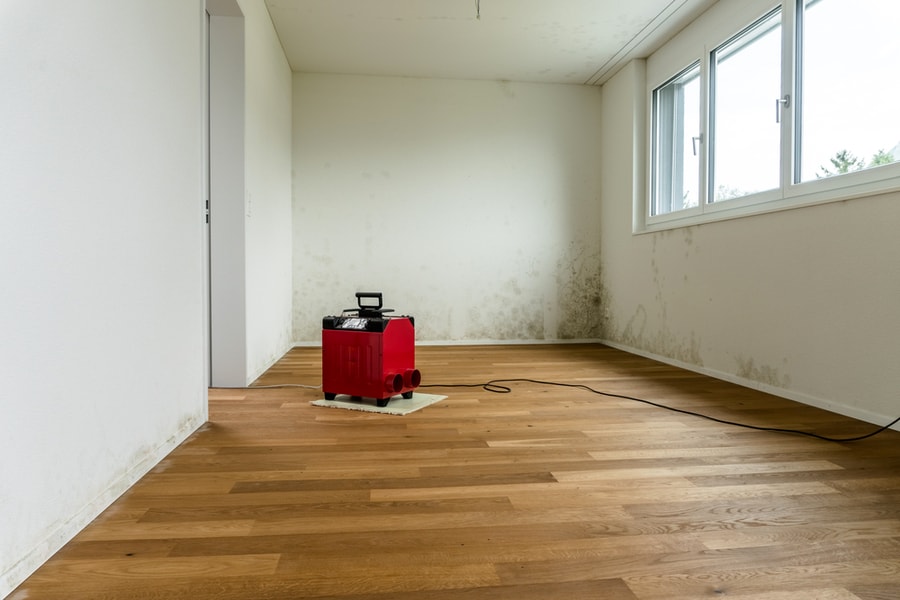
Alternatively, if the cause of the swelling on the wood is due to temperature changes, a climate control system can help fix the swelling.
When there are variations in temperature and humidity, it can cause swelling or buckle on wooden floors. The reason for this is that low winter temperature causes wood to shrink.
In such cases, proper indoor climate control practice is the best remedy to fix the warp on the wooden floor. You can achieve this by using an AC or dehumidifier.
Unfortunately, using this method can take several days to see the results. But this technique’s advantage is that it eliminates all traces of humidity.
Step 4: Alternatively, Sand the Floor
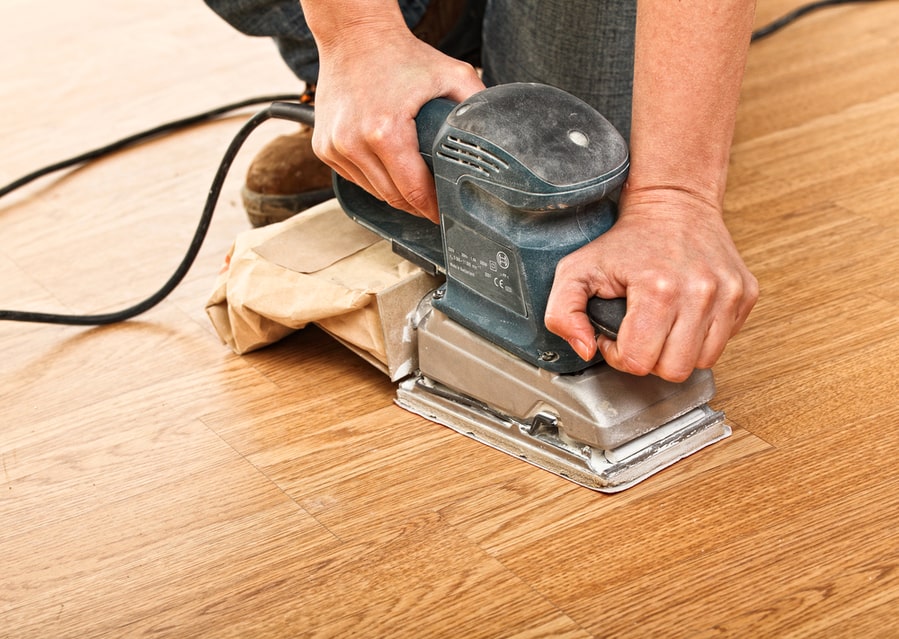
In cases where you notice that the wood still has warps after trying to get rid of the humidity using proper climate control, an alternative technique is to sand the floor.
If you plan on sanding alone, it can level out the bulge, but temporarily. But if you address the root problem, sanding your wooden floor is quite effective.
Before you start sanding the floor, ensure you have suitable grits of sandpaper, a respirator, and a good finish for the floor.
When you sand the floor, start with sandpaper with a lower grit number, and walk your way up to a higher grit number for a smoother surface finish.
Sanding your wood floor reduces the thickness. Each sanding removes around 1/32 of an inch of the floor’s surface.
And most solid hardwood floors are thick enough to be refinished or sanded up to ten times. But in the long run, sanding wooden floors can reduce their durability.
Step 5: Replace Swollen Wood as a Last Resort

If the swelling is too extensive to repair, the best solution is to replace the floorboard. While replacing your floorboard may seem a bit extreme, it might cost you more if you take more time, as the damage can spread to other sections of the floor.
Also, don’t hesitate to hire a professional service if you are unfamiliar with how to replace it; another major cause of swelling in the wood floor is poor installation.
How To Prevent Wood Floor From Swelling
Here are some tips to help you prevent your wood floor from swelling:
- Watch for excessive moisture from appliances, leaks, roofs, pipes, or any crawlspace.
- Limit the floor’s exposure to temperature fluctuation by using your HVAC system accordingly.
- If possible, maintain the room’s humidity between 33% and 55% with a dehumidifier.
- Test the subfloor for moisture during installation, and address it if there is any underlying issue.
Conclusion
When you have a swollen wood floor problem, the first thing is to identify the root cause. Addressing the cause of the bulk in the first place before addressing it is the best way to ensure it doesn’t repeat itself after the fix.
Proper moisture and temperature control are the best ways to fix a swollen wood floor.
Frequently Asked Questions
Can You Fix Swollen Wood Floor by Screwing It Down?
Yes, you can fix a swollen wood floor by screwing it down. But if you don’t know how to screw down a wood floor right, you risk ruining your wooden floor.
So, place a weight on the affected area, and then attach a screw not more than 1 1/4 inches into the floor.
Will a Swollen Wood Floor Go Back to Normal?
A swollen wood floor can go back to normal without doing anything, provided the condition supports it.
As soon as the temperature and humidity of the environment are normal, as recommended for wood, the swelling will go down.
